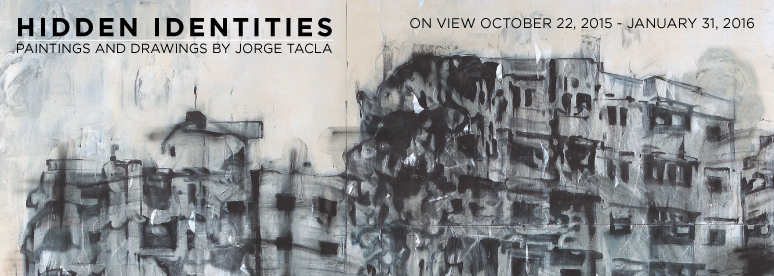MUSEUM EXHIBITION
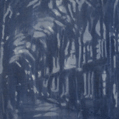
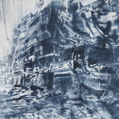
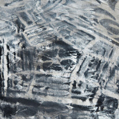
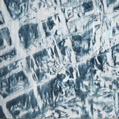
Hidden Identities
Paintings and Drawings by Jorge Tacla
On view October 22, 2015- January 31, 2016
Opening Reception and Gallery Talk with the Artist: October 22, 2015 at 6pm
ABOUT THE EXHIBITION
Hidden Identities: Paintings and Drawings by Jorge Tacla
Curated by María José Bunster Baeza (Museo de la Memoria)
AMA | Art Museum of the Americas, in partnership with the Embassy of Chile in Washington, the Permanent Mission of Chile to the OAS, and the Cristin Tierney Gallery of New York, present Hidden Identities by Chilean artist Jorge Tacla and curated by Maria José Bunster Baeza. With the earliest works in the series dating to 2005, Hidden Identities will be composed of a rich series of paintings and drawings following central themes of mutability of identity, collective memory, the physical and psychological fallout of trauma, and the omnipresent yet latent potential for change.
The inspiration for this body of work comes from the social, political, historical, and artistic events of the artist’s life. On September 11, 1973, Tacla lived through the chaos of the Chilean coup d’etat, during which jets bombed the presidential palace and the country’s democratically elected president, Salvador Allende, took his own life. In the years that followed, Tacla saw first-hand the far-reaching social and political consequences of these aggressions, which continue to impact inter-American relations and Chilean society today. In New York, Tacla witnessed the terrorist acts of September 11, 2001; events that, as the coup had years before, dealt horror, mass destruction, and devastation on an international level, and had lingering effects.
Previously exhibited at the Museo de la Memoria y los Derechos Humanos in Santiago, Chile, and the Tierney Gallery in NY, Hidden Identities refers to not only the malleability of identity, but also the complicated relationship between victim and aggressor, and the thorny social and psychological processes by which guilt is assigned or accepted. In Tacla’s works, these broken psychic landscapes are mirrored in their physical counterparts. Figures are fragmented or twisted, buildings appear bombed out, abandoned or as piles of rubble, and all of the compositions are quiet and nearly airless—as if they capture the dazed moment after the action has occurred. Beyond Chile and New York, other subjects embraced by Tacla in his works include the city of Granada after the attack by Colombia’s FARC, and the bombed Federal Building in Oklahoma City, among others.


